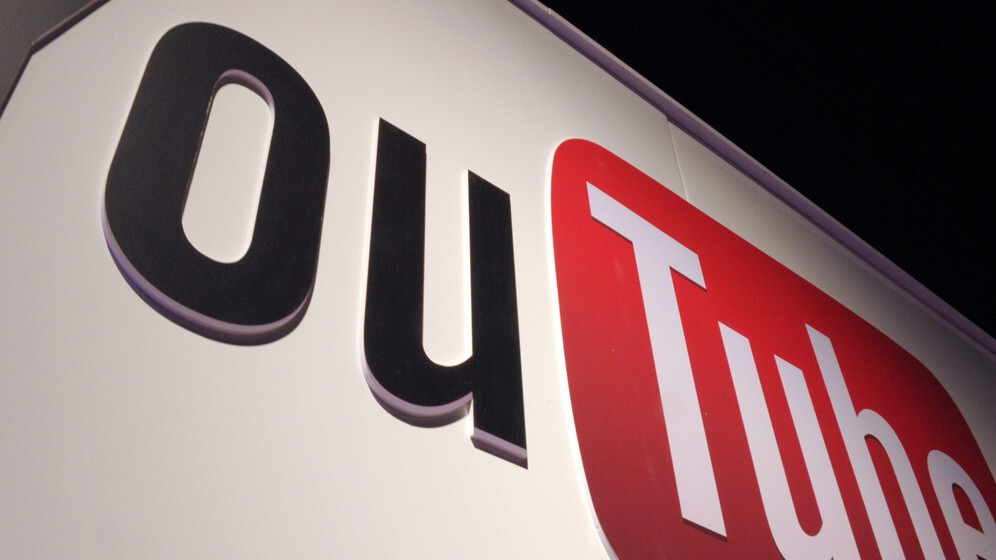
YouTube is about to launch a paid subscription model for a selection of channels on its video-sharing network, according to a report by AdAge.
Sources “familiar with the plans” have told the publication that YouTube has already contacted a small number of content producers, and asked them to file applications for a new channel that viewers would need to pay a monthly subscription for.
If true, the introduction of premium content would be a significant shift for the service, which has so far relied on pre-roll advertisments for revenue. Given that it’s owned by Google though, it’s safe to say that YouTube hasn’t been in any danger of closing its doors anytime soon.
When the new channels launch, sources cited by AdAge say they will charge users between $1 and $5 per month. It’s also rumoured that in addition to episodic shows or content, YouTube is looking at charging for content libraries, self-help and financial advice shows, and live events using a pay-per-view model.
The identity of the channel owners and content producers that YouTube has contacted is not yet known, although AdAge has suggested that the video service is targeting media companies with large followings, such as video game specialists Machinima, and content producers Maker Studios and Fullscreen.
These new, paid subscription channels could launch as early as the second quarter of this year, if rumors are to be believed. One source has told AdAge that the new model will be unveiled at Digital Content NewFronts, a two week event held in April where companies such as Yahoo, Hulu, AOL and YouTube show off new, original programming.
This idea isn’t a complete surprise. Robert Kyncl, YouTube’s global head of content, told attendees of the Abu Dhabi Media Summit last October that such a service, while not confirmed, could encourage larger organisations such as Reuters and The Onion to create more content.
The line was echoed by Salar Kamangar, YouTube CEO last February, where he said at the All Things D media conference: “If we have a subscription model, then absolutely that’s something that becomes possible.”
It’s important to emphasize that the majority of content, at least to begin with, is likely to stay completely free and accessible. Consumers that are used to content being free usually recoil at the news that they now have to pay for it – the realm of online journalism is a good reference point.
Instead, it will likely be an incredibly small number of channel owners that opt for this sort of model. Much like video rentals, this appears to be a small experiment by YouTube to see what – if anything at all – viewers are prepared to part with their hard-earned cash for.
Image Credit: ERIC PIERMONT/AFP/Getty Images
Get the TNW newsletter
Get the most important tech news in your inbox each week.
